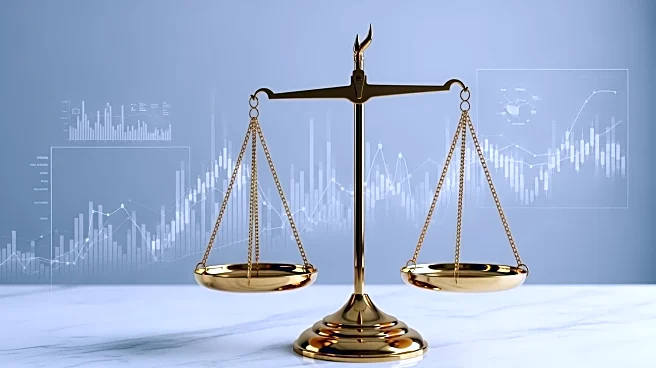What's Happening?
President Trump’s One Big Beautiful Bill Act (OBBBA) is set to increase tax refunds for many Americans in 2026. The act updates tax withholding tables, leading to higher refunds due to retroactive features. The Congressional Budget Office estimates tax cuts
of $24 billion for fiscal year 2025, with new withholding tables taking effect in 2026. The Oxford Economics report suggests refunds could increase by $50 billion, marking an 18% rise from 2024. Upper-income Americans will benefit most due to increased limits on state and local tax deductions. The act extends tax reductions from 2017 and introduces new breaks for overtime, tipped income, and SALT tax.
Why It's Important?
The tax overhaul is significant as it impacts consumer spending and economic growth. While high-income households will see substantial savings, the broader economic impact may be limited as these households tend to save rather than spend. The changes also highlight ongoing debates about tax policy and its effects on income inequality. For retirees, enhanced deductions provide additional financial relief, potentially influencing retirement planning and economic security.
What's Next?
As taxpayers prepare for larger refunds in 2026, the focus will be on how these changes affect consumer behavior and economic dynamics. The IRS's decision not to adjust withholding tables in 2025 means taxpayers are overpaying, leading to larger refunds. This could be seen as an accidental stimulus, with wealthier individuals benefiting most. The political implications of these changes will likely be debated as the next tax season approaches.
Beyond the Headlines
The tax overhaul raises questions about fiscal policy and its role in addressing economic disparities. While larger refunds may provide temporary relief, the long-term effects on income distribution and public services remain uncertain. The act's retroactive nature also highlights the complexities of tax legislation and its impact on financial planning.













